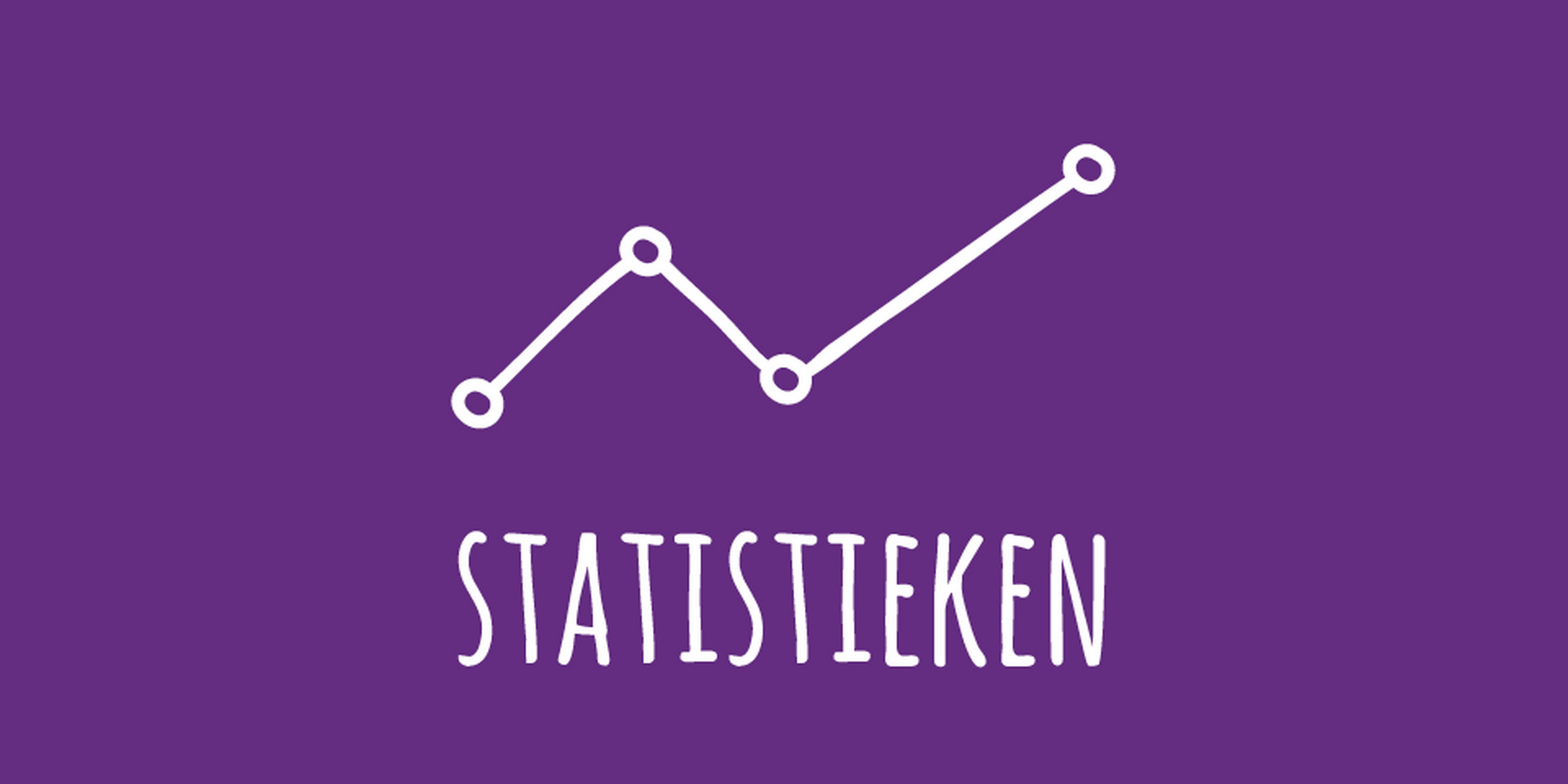The Sterce model: statistics & results.

In this series of blogs, we will walk through the Sterce model step by step to show how an organisation can achieve a successful online strategy with us. We are currently towards the end of the analysis phase and have one more step to take before we can get to work on defining the strategy: collecting statistics and results.
When defining a Sterce strategy, it is of course very important to have a clear insight into what is already happening. At Sterc, we have a clear, results-driven way of working and so these results count quite heavily even before entering the new journey. After all: if we want to set ourselves some clear goals, it is good to know whether they are realistic based on the knowledge we already have. Also, armed with this information, we can determine much more clearly where the bar should be set. How we will set that bar will be discussed later, but by taking a comprehensive look at the statistics, we already have a nice bottom line.
Sorts and sizes
Statistics come in all shapes and sizes. The best-known statistics deal with things like visitor numbers and website contact moments, but there is much more that can be charted. All these statistics together paint a razor-sharp picture of your visitors' behaviour. Who are they, where do they come from, how long do they stay? Answering questions like these will give you a nice picture of what works on your website and what doesn't. Are you not getting anyone to the landing page where you share some pretty important information? Then something needs to be done about that.
Tools
We do have some experience over the years in finding the best ways to track website visitors' behaviour. Google in particular has developed some fine tools to get some nice insight into this. Some of the most important, most frequently used tools:
- Google Analytics - The holy grail of internet statistics. Google Analytics not only tracks basic things like visitor numbers, but also knows how these visitors came to you, how long they stayed, which sections of the website are most popular and anything else of interest. All the websites we deliver will be tracked by this tool from front to back.
- Google Search Console - An excellent complement to Google Analytics. Search Console indexes your website and keeps track of which errors are (still) there. Do you still have a 404 page somewhere, is the link structure set up properly, Google Search Console knows it all. The so-called click-through rate is also monitored; this looks at the number of website visits that an ad generates.
- Heatmaps - Heatmaps show where the most activity is on your website, thanks to a so-called 'heat map'; the brighter the colour, the more activity. Knowledge is gained mainly by tracking how the website is clicked.
- Surveys - Slightly less automated, but a little more specific. A survey on your website allows you to ask questions to your visitors. Multiple-choice questions or even more specific ones? It's all possible. The disadvantage of this specific way of working, however, is that the information does not arrive automatically. Visitors have to take the time to fill in the survey and it is not said that they will all take this time.
- Feedback from visitors - Actually, this way of collecting data is quite similar to the survey. Asking for feedback is a bit less extensive, but puts the finger clearly where it should be. Incidentally, here too; visitors must be willing to take the time to do so.
CRM
Customer Relations Management (CRM, if you prefer to keep it a little shorter), is an excellent way to monitor in the ins and outs of your customers. Central to CRM is the customer and the relationship with the customer, and that relationship can be quite extensive. CRM gives you insight into your visitors and your customers. Data is stored in a central database, which you can then work with. Things that come into clear focus thanks to CRM include:
- The percentage of leads actually converted into offers
- How many quotes subsequently grow into a customer
- What does the customer profile look like?
CRM then allows you to send up-to-date, tailored messages to your customers. This software is a great tool for managing the aforementioned statistics and turning them into useful actions. It is therefore wholeheartedly recommended to deploy it.
How to proceed:
Including the statistics and results leading up to your new strategy is the final step of the so-called 'self-analysis'. It has looked at your own story, that of the market and your competition. We can now start determining what your online strategy will look like. How we are going to approach that? That will be covered in the next few blogs.

